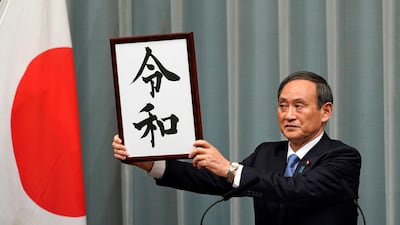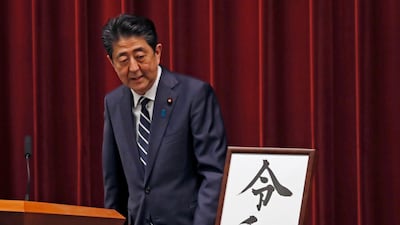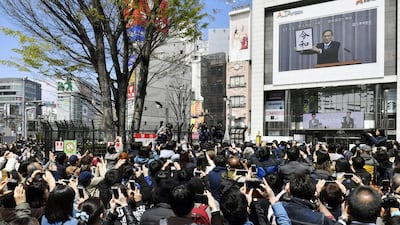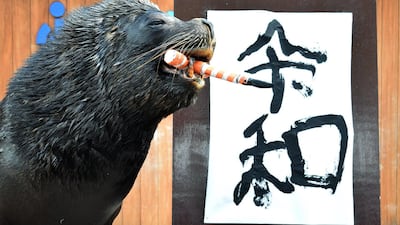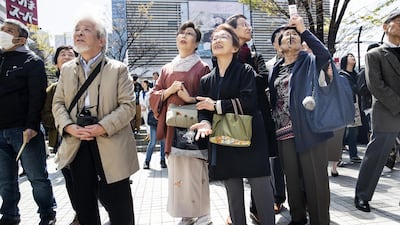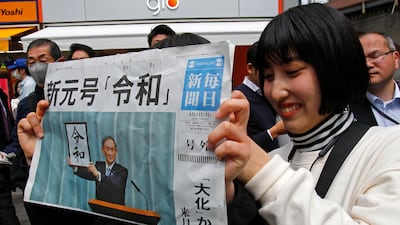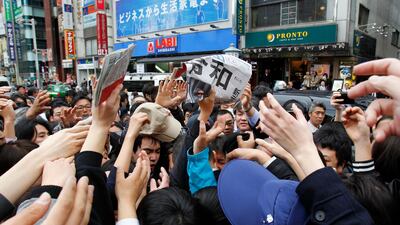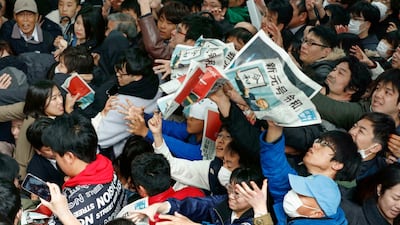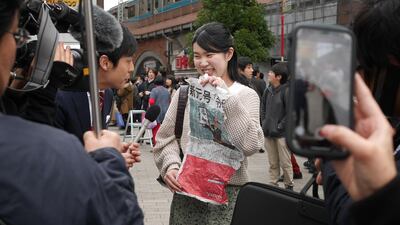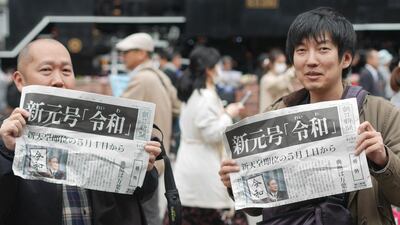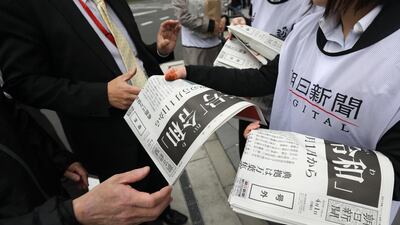The imperial era name, or "gengo", is used on documents, newspapers, calendars and coins. It is the way many Japanese count years, although use of the Western calendar is becoming more widespread, and many use the two systems interchangeably.
Full story: Japan unvails name of new era ahead of Naruhito reign
Origins of the era
Japan imported the imperial calendar system from China about 1,300 years ago.
Starting with the Meiji era (1868-1912), it adopted the practice of "one emperor, one era name." Previously, era names were sometimes changed mid-reign, such as after disasters.
There have been four era names in the modern period: Meiji, Taisho (1912-1926), Showa (1926-1989) and the current Heisei.
There were calls to abolish the system after Japan's 1945 defeat in World War Two, but a law enacted in 1979 after a push by conservatives gave it new legal basis.
How to pick the new gengo
Under modern guidelines the era name should be appropriate to the ideals of the nation, consist of two Chinese characters, be easy to write and read, not have been used in a combination previously and not be in common use.
Scholars and bureaucrats draw up a list of candidates and cabinet makes the final decision. The emperor does not choose the "gengo".
The two characters chosen are Rei, meaning beautiful, and Wa, meaning harmony.
Traditionally, characters were selected from ancient Chinese texts, but this time they were taken from a collection of Japanese classical poetry called Manyoshu.
Because the era name is sometimes abbreviated with its first letter in English, the gengo also customarily doesn't begin with the initials of the previous modern eras – M, T, S or H.
The declining importance in everyday life
Use of the imperial era name is slowly declining as Japan becomes more intertwined with the global economy.
A recent Mainichi newspaper poll showed 34 per cent of people used mainly gengo in daily life; another 34 per cent used both gengo and the Western calendar, while a quarter used mostly the Western system.
In 1975, 82 per cent used mainly gengo, 13 per cent used both and only 4 per cent mainly the Western system.
City offices and government agencies mostly use the imperial era in their paperwork and computer systems, although companies generally use the Western calendar.
A closely guarded secret
The image of Chief Cabinet Secretary Keizo Obuchi announcing the Heisei era name on Jan. 8, 1989, by holding up a framed white placard with the characters hand-written in black ink is an enduring one for many Japanese.
This time, Chief Cabinet Secretary Yoshihide Suga did the honours, on live television.
To ensure the new name did not leak, officials involved had to hand in mobile phones and keep quiet until the announcement.
Instead of waiting for the new emperor to take over, the government decided to announce the name a month early. That will give software systems companies and printers time to prepare.
